Most Recent
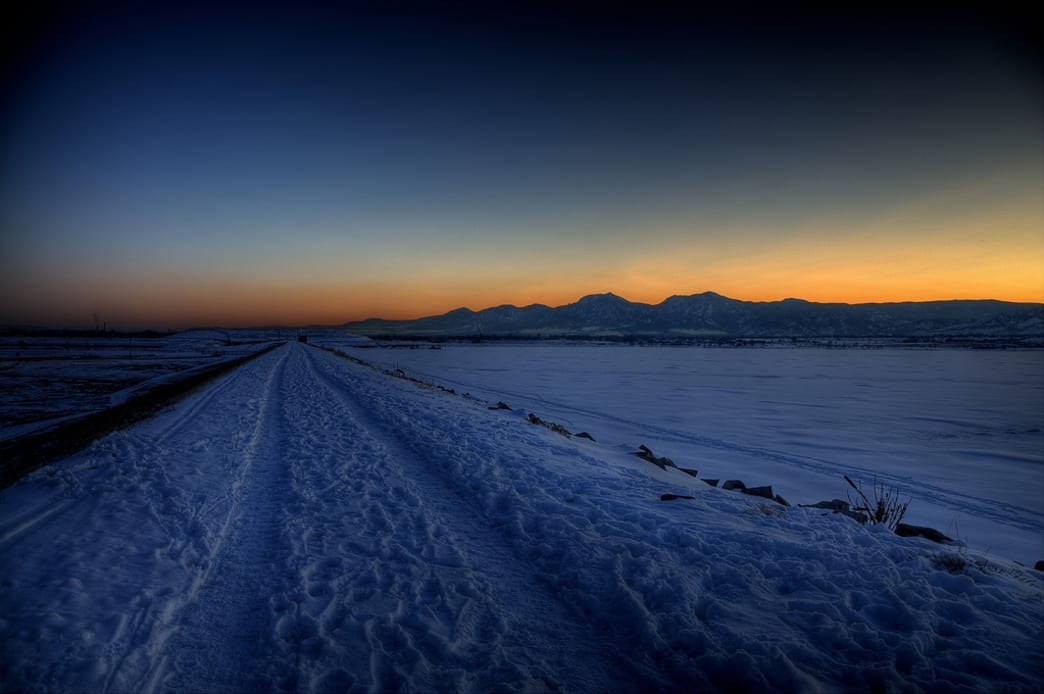
Intro North Boulder’s network of biking trails are rather tame in the summer but once they hold a little snow, they become ideal for a fat bike tour. Boulder Valley Ranch is a fine starting point, since it offers riders the option of doing a few quick laps around the Sage Trail or linking together […]
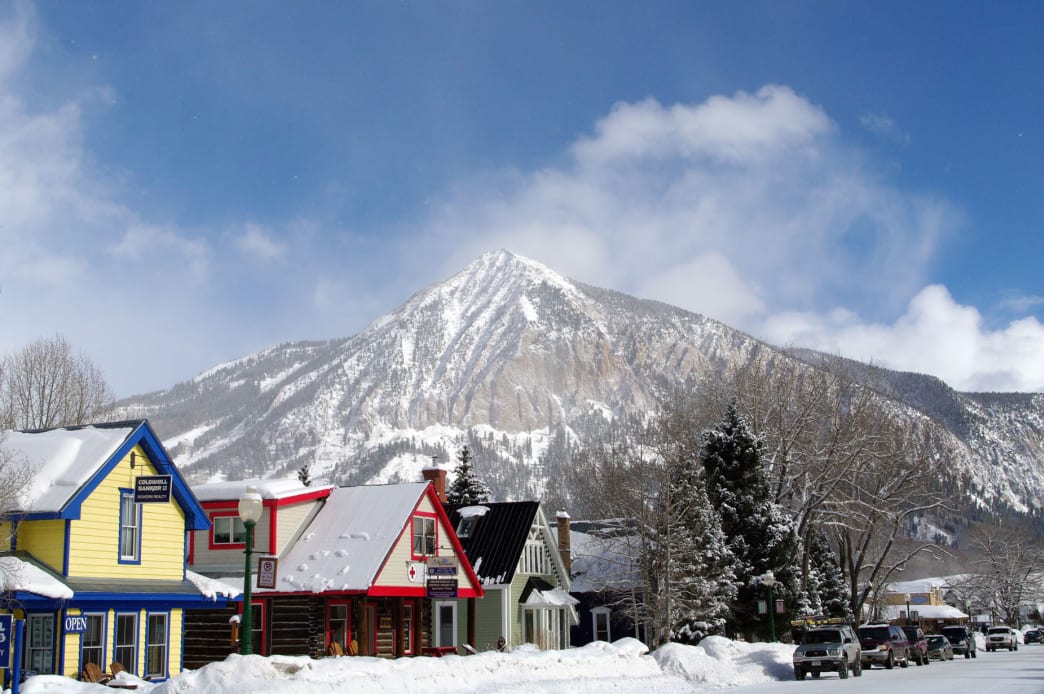
Crested Butte has more historic Old West charm than you can shake a ski pole at. Residents work hard to maintain its flair and authenticity. One look at the snow capped Elk Mountain range and it’s easy to see why the slopes of Crested Butte enjoy legendary status as some of the best skiing and […]
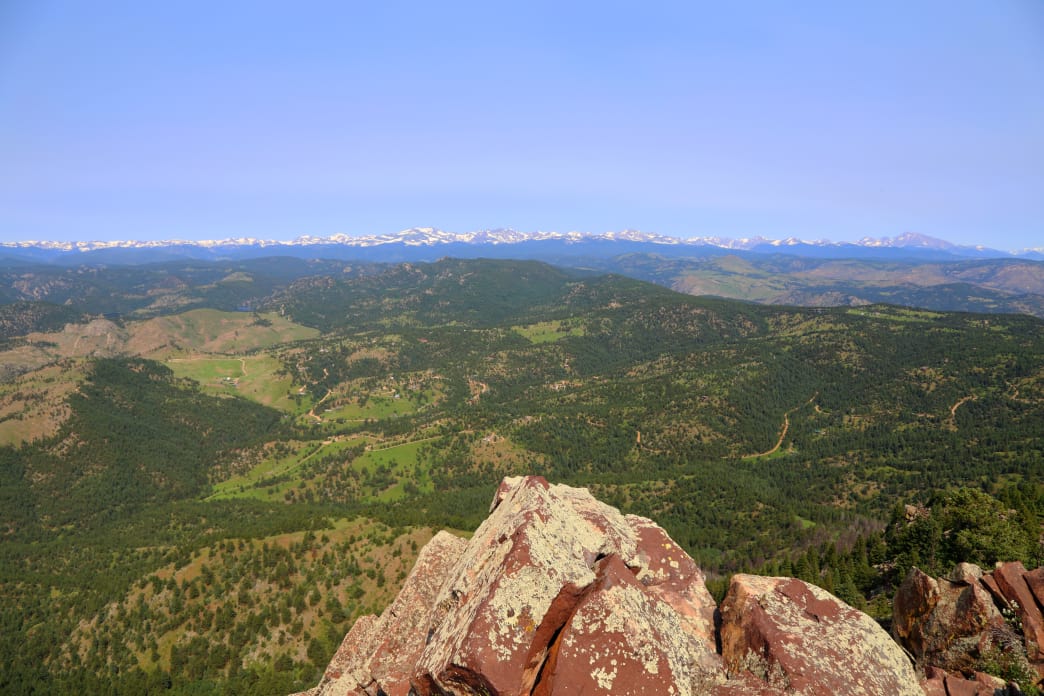
It’s no secret that Boulder boasts a wealth of top-notch hiking. The foothills and mountains above town represent the eastern terminus of the Rocky Mountains, rising up to elevations more than 8,000 feet—meaning a great workout is almost guaranteed if you’re starting from Boulder, which is roughly 5,400 feet above sea level. Meanwhile, the mesas […]
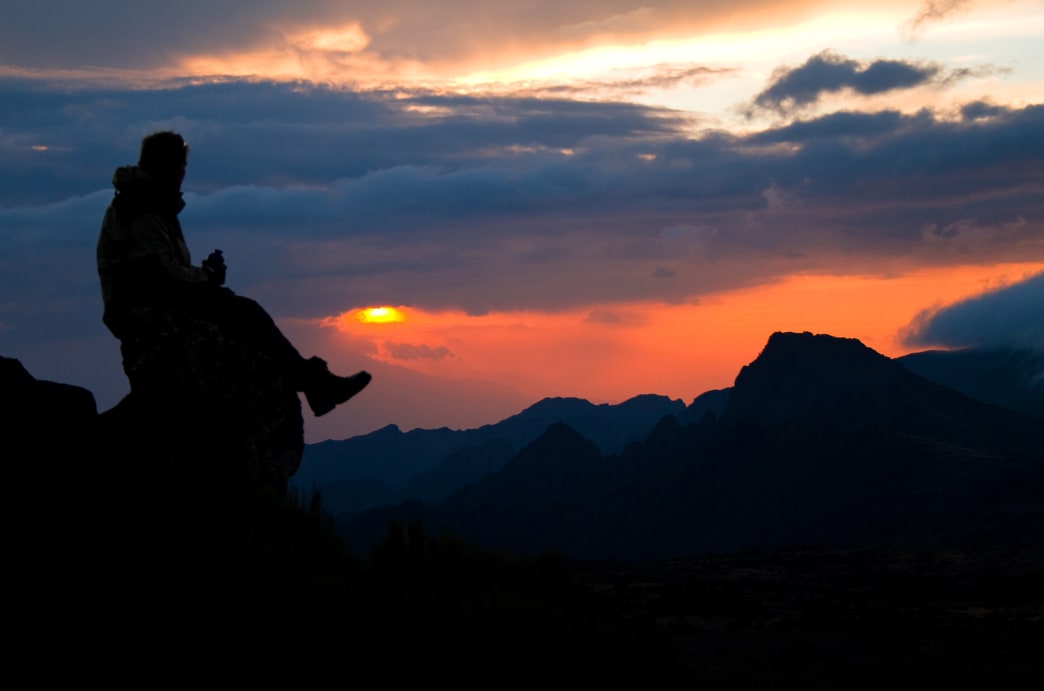
The planet is crisscrossed with epic trails, from the Alps to the Andes. There are snowy summit trips for fleet-footed peak-baggers, long and leisurely rambles for wildlife lovers, and everything in between. While the options are almost infinite, here are a few epic hikes to add to that ever-expanding life list. 1. Kilimanjaro, Tanzania One […]
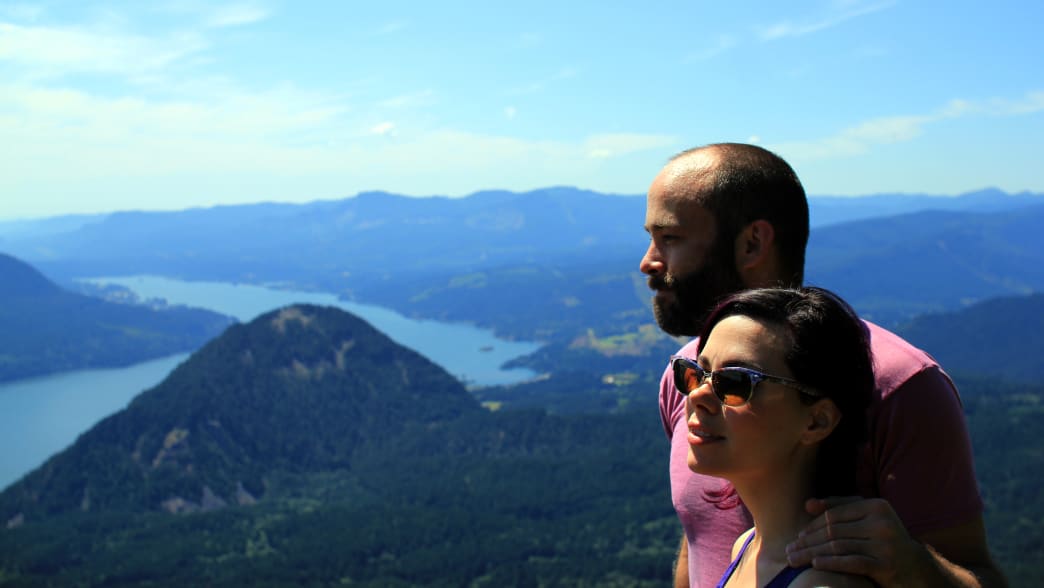
Good adventure partners are hard to find. Someone who is in tune with your goals, reliably shows up on time, and can tolerate your smelly hiking boots is a keeper. In Colorado, you and your adventure buddy will not only challenge the high mountains, you’ll also endure hours trapped in traffic, and long drives to […]
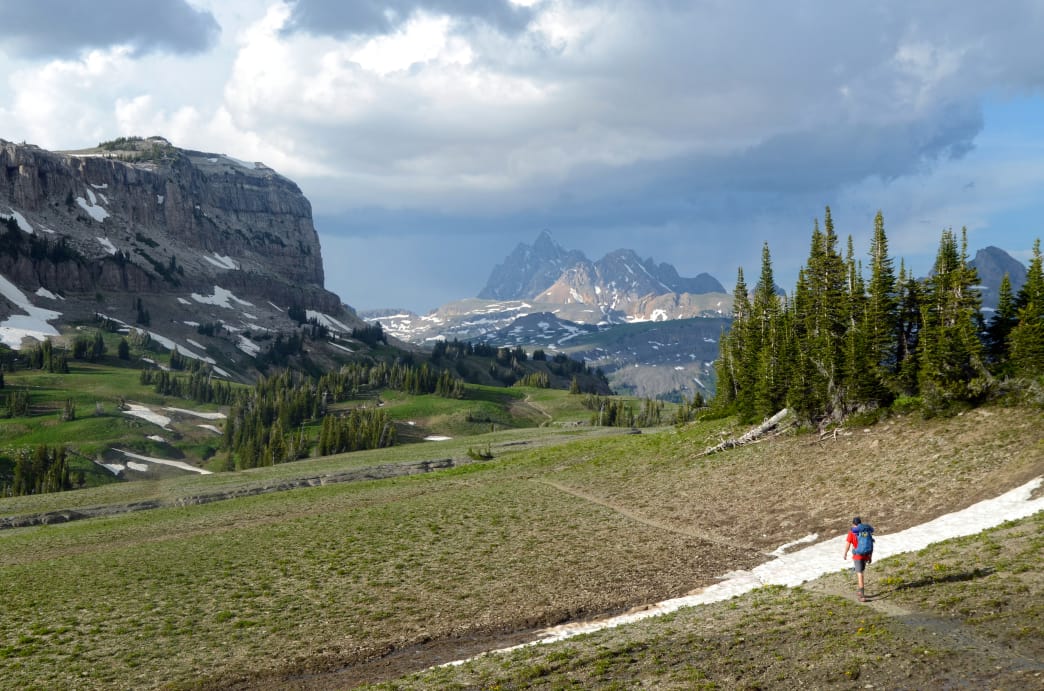
From the Smokies to the Rockies, and the Everglades to the highest point in Maine—and everywhere in between—the United States is full of world-class hikes. Whether you’re a hardcore peak bagger, out for an ambitious day hike, or are obsessed with the panoramic views for your Instagram feed, there’s always something thrilling to lace your […]
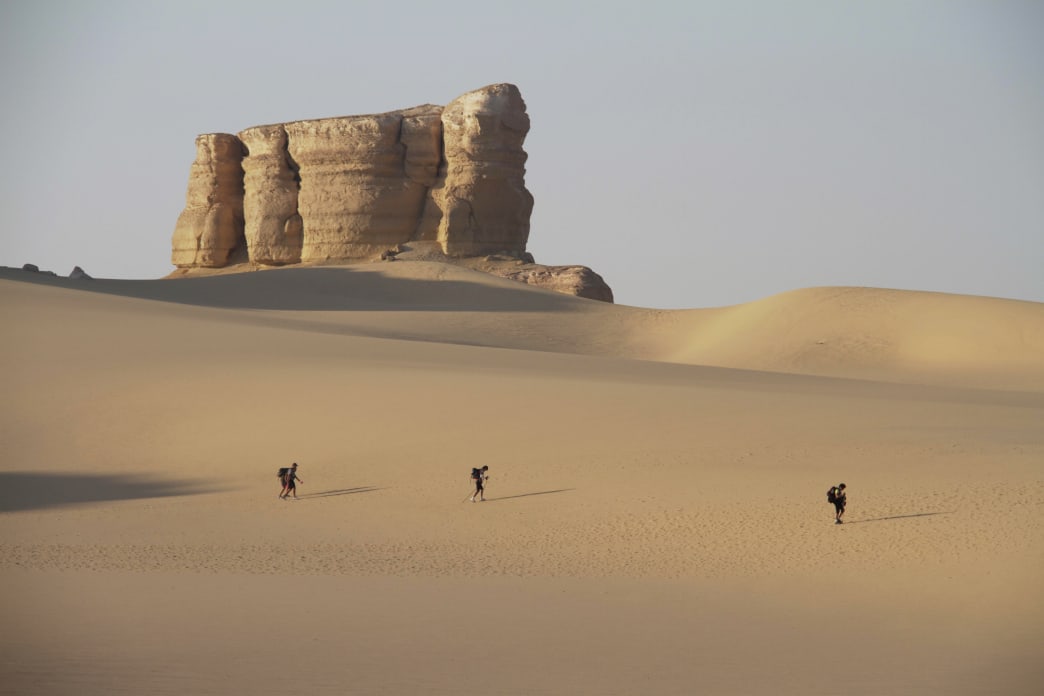
In the dead of winter, the desire to get outside can be tempered by sub-zero temperatures and the lure of a cozy couch. But there’s no better cure for stoking your adrenaline and getting after it—no matter how chilly it is—than being inspired by others doing just that. To that end, here are our picks […]
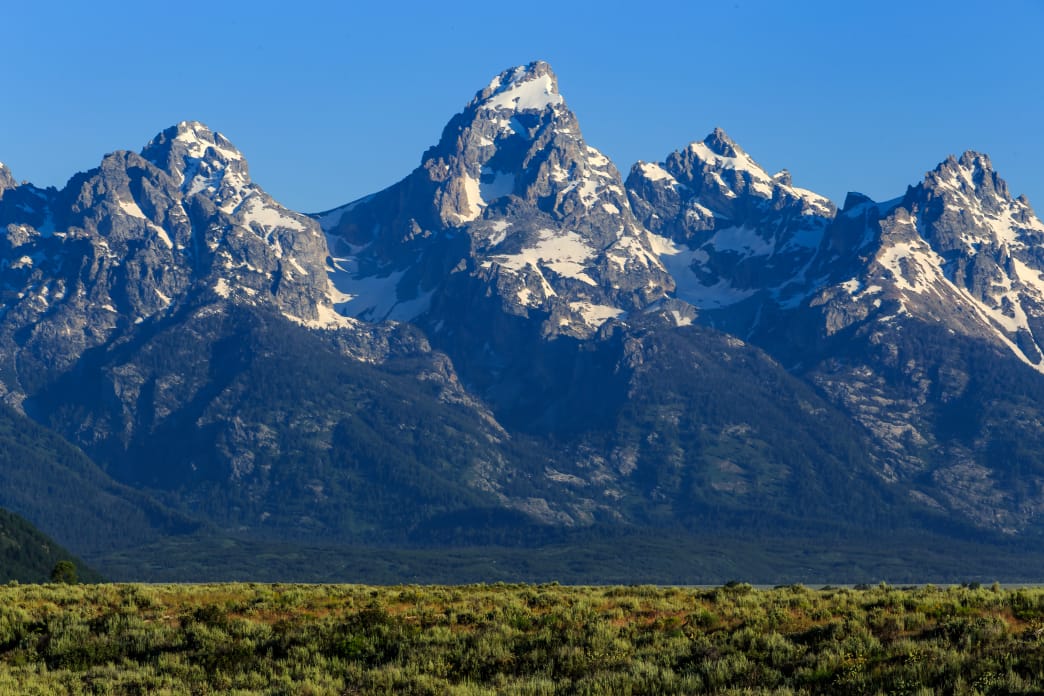
The word Matterhorn smacks of the golden days of Alpine mountaineering, and summons up the signature, craggy summit that even today tantalizes climbers. Indeed, it’s the Matterhorn of the Pennine Alps—not Everest, not Mont Blanc, not Mount Fuji—that perhaps best embodies the idealized, majestic mountain, particularly its enshrined east and north faces. This windblown-looking 14,692-foot […]
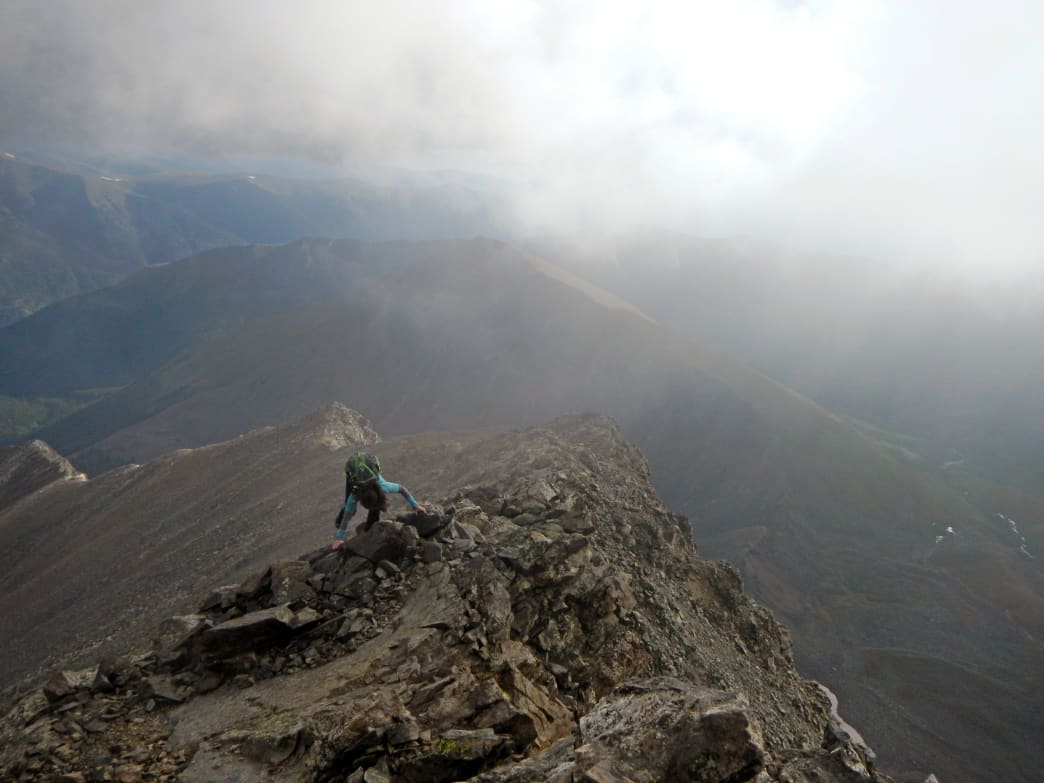
Grays and Torreys peaks, at 14,270 feet and 14,267 feet, respectively, are two of the most popular 14ers mountains in Colorado. They are often climbed as a pair, thanks to an accommodating trail ascending from Stevens Gulch that links the duo in an 8-mile round-trip. Summer weekends find the trail swarming with aspiring hikers, and […]
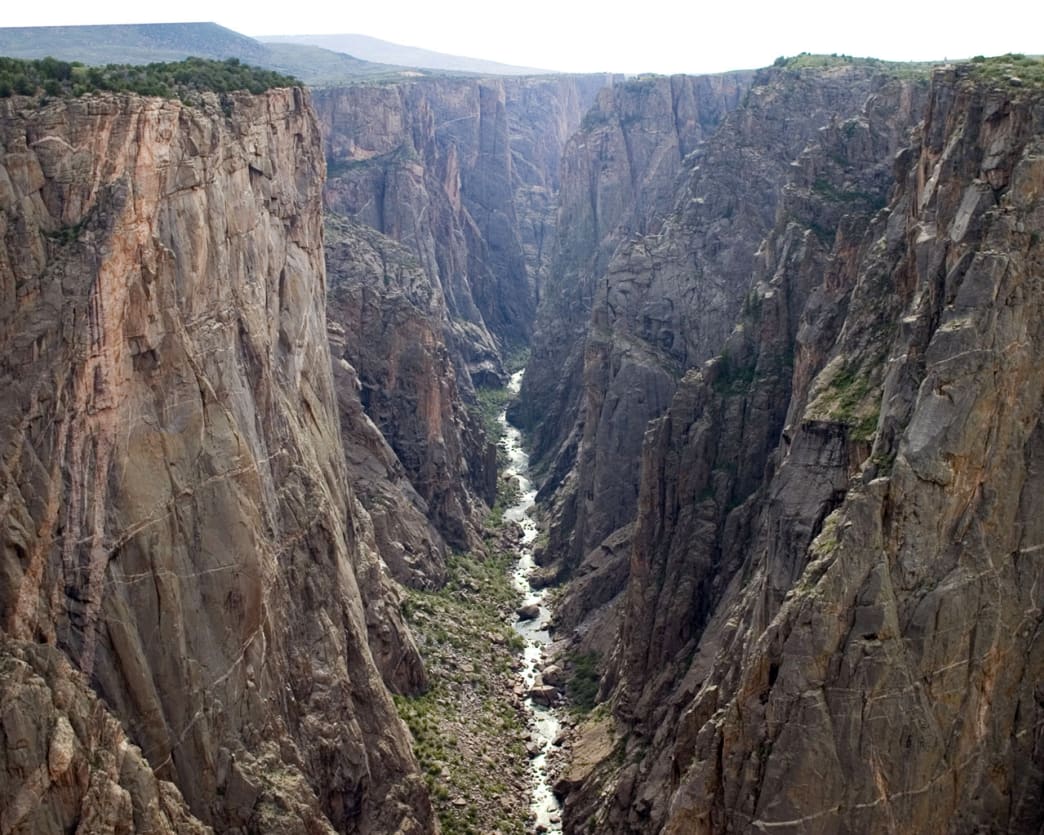
From the surface high above the Black Canyon of the Gunnison, the gash that cuts across the land appears to be little more than a shallow indentation, no different than any other river that that flows through Colorado’s mountain valleys. Only when peering over the rim does the dramatic depth of the sheer cliffs—in places […]

Asa Firestone was born with an entrepreneurial spirit and has cultivated hospitality expertise in the picturesque landscapes of Lyons and Boulder, Colorado. As the co-owner of the A Lodge, his journey epitomizes dedication, innovation, and a deep-rooted commitment to community.
Asa’s journey began with a profound appreciation for travel and exploration. His early experiences staying in lodges around the world ignited a passion for creating memorable experiences for others. Armed with this passion and a keen business acumen, he embarked on a mission to redefine hospitality in his own backyard.
In 2008, Asa’s vision came to fruition with the establishment of the A Lodge in Boulder, Colorado. Nestled amidst the majestic Rocky Mountains, this Boulder hotel quickly garnered acclaim for its blend of rustic charm and modern comfort. Under Asa’s guidance, the A Lodge became more than just a place to stay; it became a destination where guests could immerse themselves in the unparalleled beauty of Colorado while experiencing genuine hospitality.
However, Asa’s ambitions didn’t stop there. Recognizing the growing demand for unique accommodations in Boulder, he expanded his footprint by acquiring and revitalizing a second property in the heart of Lyons. This expansion not only solidified Asa’s reputation as a visionary entrepreneur but also furthered his mission of providing exceptional hospitality experiences to a broader audience.
Beyond his role as a hospitality magnate, Asa Firestone is deeply invested in the communities he serves. Whether through supporting local initiatives, fostering sustainable practices, or championing the arts, he remains dedicated to making a positive impact at both the local and global levels.
Asa’s leadership exemplifies a harmonious blend of passion, innovation, and compassion. His unwavering commitment to excellence continues to set the standard for hospitality in Lyons, Boulder, and beyond. As guests continue to flock to the A Lodge, they are not only welcomed into a warm and inviting space but also into the visionary world of Asa Firestone.
